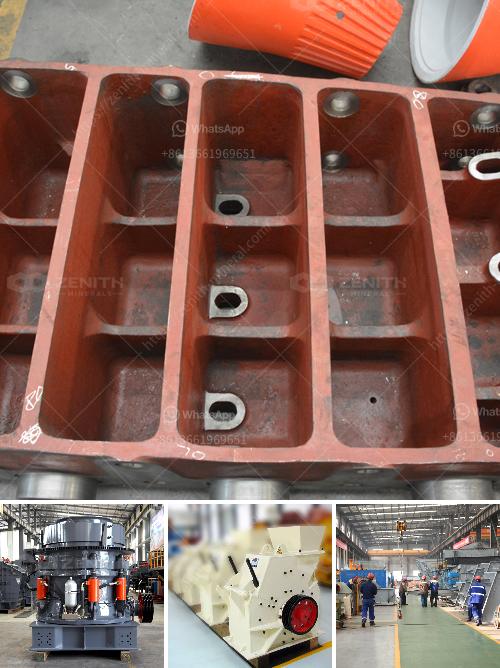Adjusting a conveyor belt typically involves aligning and tensioning the belt. Here’s a step-by-step guide to help you out:
-
Safety First:
- Ensure the conveyor system is turned off and locked out/tagged out to prevent accidental startup.
-
Visual Inspection:
- Check the belt for any visible damage or wear. Look for frayed edges or areas where the belt is separating.
-
Belt Alignment:
- Observe the belt tracking. The belt should run centrally on the conveyor.
- Adjust the tracking rollers (if available). These are usually positioned at the ends of the conveyor. Move the roller in small increments until the belt runs straight.
- For belt conveyors with crowned pulleys (a pulley's center diameter is larger than its edges), the belt should track to the center of the pulley.
-
Tension Adjustment:
- Locate the tension adjustment screws, which are typically found at the end of the conveyor.
- To increase belt tension, turn the tension adjustment screws equally on both sides of the conveyor in a clockwise direction. To decrease tension, turn the screws counterclockwise.
- Make sure to adjust both sides equally to maintain belt alignment.
- After adjusting, check the belt tension manually. The belt should have a small amount of give when pressed down in the center but should not sag.
-
Test Run:
- Turn the conveyor system back on and observe the belt movement.
- Make further minor adjustments if necessary.
-
Lubrication and Maintenance:
- Ensure the conveyor components (like bearings and rollers) are adequately lubricated if required.
- Regularly maintain the conveyor belt according to the manufacturer’s instructions to prolong its life and performance.
Always refer to your conveyor belt’s specific manual for detailed instructions and safety guidelines. If you're unsure, consider consulting a professional to avoid damaging the conveyor system.

